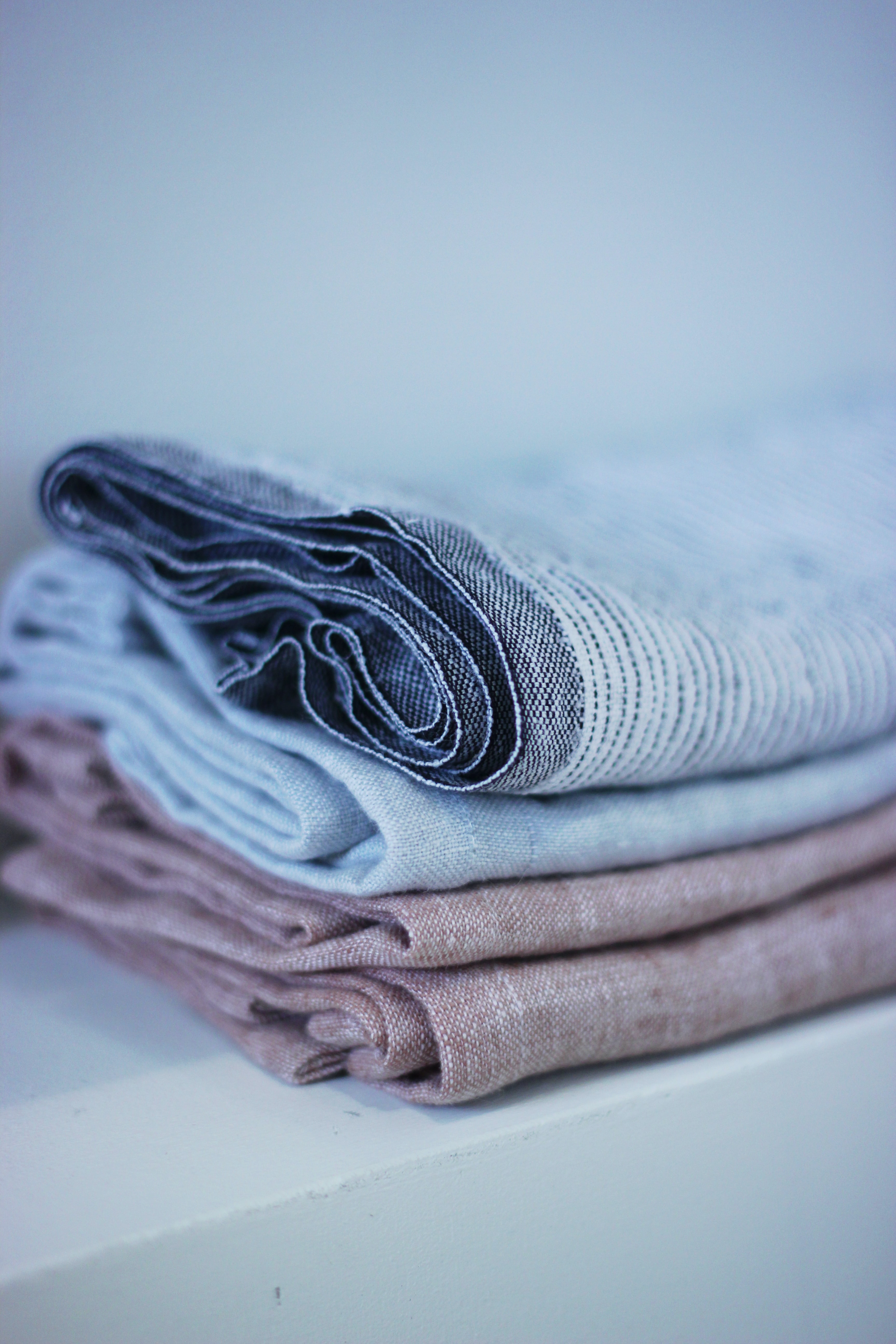
1
For the general division of materials, it is necessary to mention combined materials and material structures which consist of many elements or are a combination of several materials. When creating such materials, it is essential to think about choosing the right combination of ingredients (fillers and binders) in terms of further use, recycling or decomposition.
Typically, all composites are examples of combined materials, i.e. generally, materials composed of two or more elements with different properties.2 Unfortunately, an ill-considered combination of such elements often causes problems. For example, the combination of hard-to-decompose or synthetic materials with natural materials. Take the Solidwool material, which uses local wool as a filler for solid board material in combination with plastics which are not 100% natural. Although the material is visually interesting and characterised by great strength, in a potential recycling process, such a combination is very difficult or even impossible to decompose or separate.
Foams (a common combination of plastic and air)3 can be also included in the category of combined materials which are very often used as packaging materials. An interesting alternative was developed by the company Ecovative which uses a growing material, mycelium - simply a fungus. In addition to the solid composite (MycoComposite™), their portfolio also includes foam materials (MycoFlex™).
Textiles can be considered as another example of combined material structures. Textile production is responsible for 20% of global water pollution and the clothing industry in general is responsible for 10% of global carbon emissions.4 Besides other things, the problem of textiles as a material lies in their complex disintegration or division of fibres (for example, knitwear is slightly easier to separate than woven fabrics) as well as time-consuming and energetically expensive textile production. There is a possibility of fibre breakage however, which disrupts the fibres and yet again reduces the possible number of reuses. In addition to the transformation of the entire fashion business model, the solution could be to use non-woven materials for fast fashion.5
Foams (a common combination of plastic and air)3 can be also included in the category of combined materials which are very often used as packaging materials. An interesting alternative was developed by the company Ecovative which uses a growing material, mycelium - simply a fungus. In addition to the solid composite (MycoComposite™), their portfolio also includes foam materials (MycoFlex™).
Textiles can be considered as another example of combined material structures. Textile production is responsible for 20% of global water pollution and the clothing industry in general is responsible for 10% of global carbon emissions.4 Besides other things, the problem of textiles as a material lies in their complex disintegration or division of fibres (for example, knitwear is slightly easier to separate than woven fabrics) as well as time-consuming and energetically expensive textile production. There is a possibility of fibre breakage however, which disrupts the fibres and yet again reduces the possible number of reuses. In addition to the transformation of the entire fashion business model, the solution could be to use non-woven materials for fast fashion.5

6

7

8
1 Solidwool
2–4 HAFFMANS, Siem, et al. Products That Flow: Circular Business Models and Design Strategies for Fast-Moving Consumer Goods. 1. Amsterdam: BIS Publishers, 2018, pp. 91-99. ISBN 978-90-6369-498-2.
5 The impact of textile production and waste on the environment (infographic) | News | European Parliament. [online]. Available from: https://www.europarl.europa.eu/news/en/headlines/society/20201208STO93327/the-impact-of-textile-production-and-waste-on-the-environment-infographic
6 MycoComposite™
7 MycoFlex™
8 Woven fabric, Photo by Micheile Henderson on Unsplash
2–4 HAFFMANS, Siem, et al. Products That Flow: Circular Business Models and Design Strategies for Fast-Moving Consumer Goods. 1. Amsterdam: BIS Publishers, 2018, pp. 91-99. ISBN 978-90-6369-498-2.
5 The impact of textile production and waste on the environment (infographic) | News | European Parliament. [online]. Available from: https://www.europarl.europa.eu/news/en/headlines/society/20201208STO93327/the-impact-of-textile-production-and-waste-on-the-environment-infographic
6 MycoComposite™
7 MycoFlex™
8 Woven fabric, Photo by Micheile Henderson on Unsplash